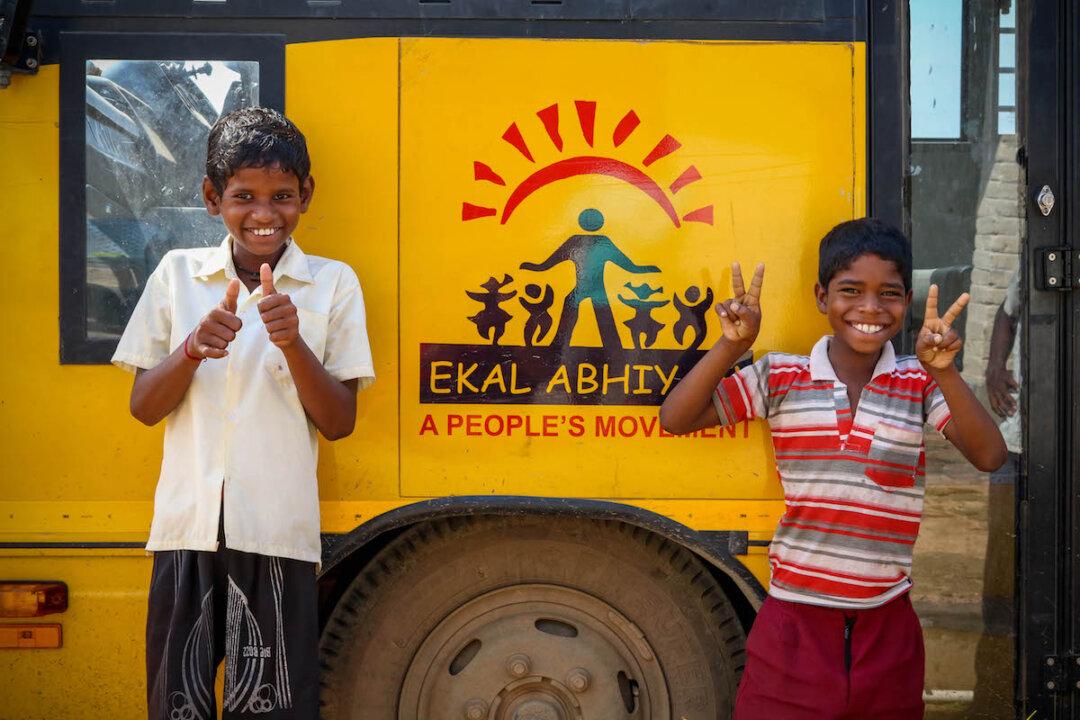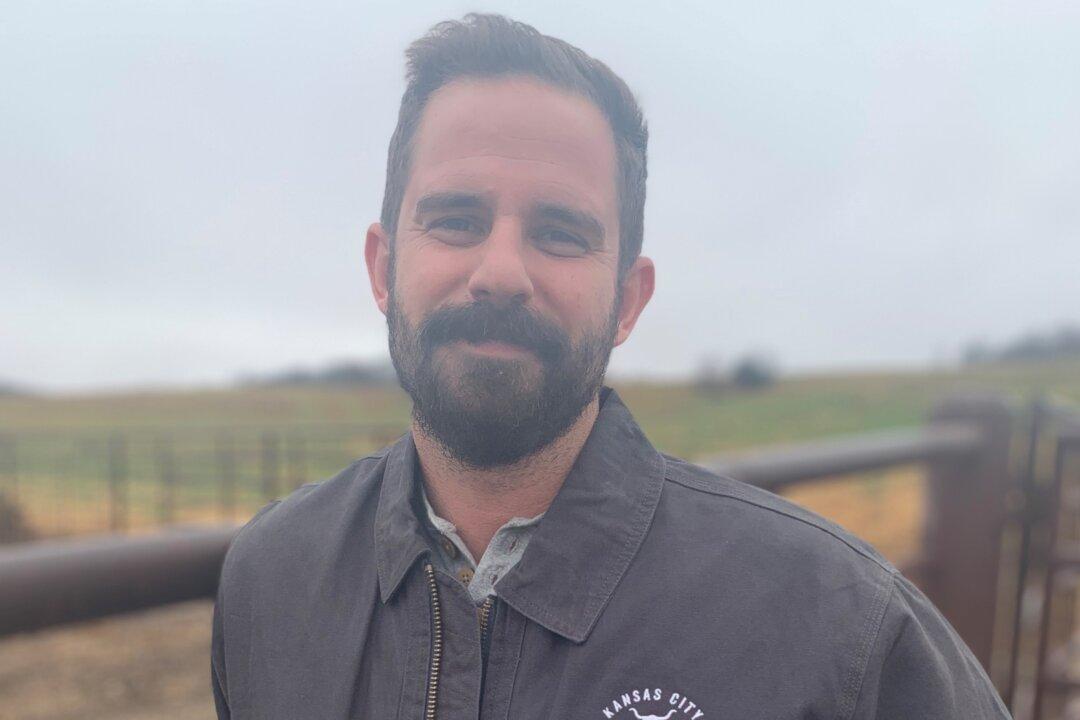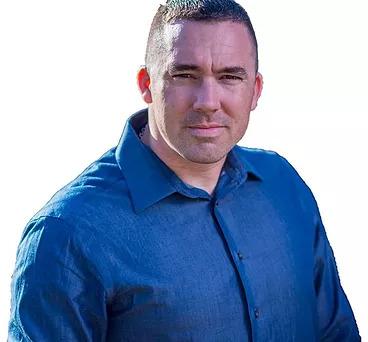Literacy and education are crucial in creating a society of people who can think critically, and make decisions about their future. In the world’s largest democracy—India—children in rural areas aren’t receiving the level of education that their metropolitan counterparts are. Fortunately, the Ekal Vidyalaya Foundation and its executive director Ranjani Saigal are on a mission to give children in rural India the opportunities to learn and succeed in their communities.
Saigal grew up in Bombay, India and had the opportunity to receive an excellent education. She lived on the campus of the prestigious Indian Institute of Technology Bombay, where her father was the dean. Her father, however, came from a rural area of the country and didn’t have access to the same kinds of resources his daughter had.





